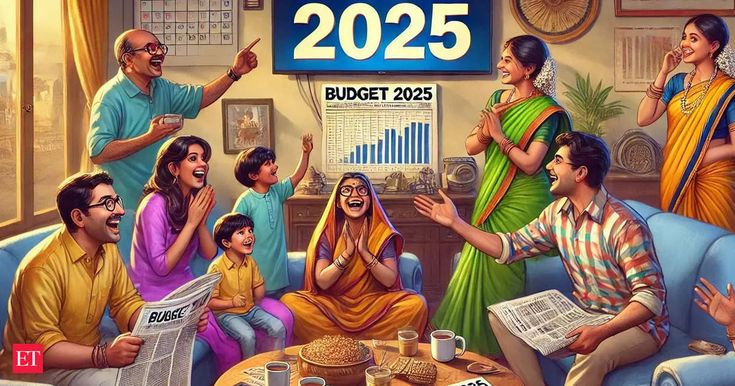Tax Relief for common people under Union Budget for FY 25-26
Discover how you can benefit from tax relief during FY 25-26. Learn the essential calculations and understand the potential savings for common people in this comprehensive guide.
2/9/20252 min read


A long-awaited tax relief has been given to common people in this year's budget. Finally, the mems have played out and the finance minister gave Diwali gifts in February. A person who is earning up to 12 lakhs doesn’t have to pay any tax. For salaried persons, it is 75 thousand more due to standard deduction. This is not only benefiting this group of people but also all tax bracket people due to the change in tax rate applicable for each group. Below is the table of tax bracket comparison for the old tax regime, the new tax regime for FY 24-25, & FY 25-26
Income Tax Slabs Comparison
Key Points:
Old Tax Regime: Allows deductions (e.g., 80C, 80D, HRA, etc.).
New Tax Regime (FY 2024-25): Basic exemption limit ₹3,00,000; Rebate under Section 87A up to ₹7,00,000.
New Tax Regime (FY 2025-26): Basic exemption limit ₹4,00,000; Rebate under Section 87A up to ₹12,00,000.
Now let's calculate the tax payable under each tax regime.
Old tax regime
Total Deductions:
Tax Payable Under Old Tax Regime (FY 2024-25)
Key Observations:
No tax for income up to ₹7,00,000 after deductions.
Significant tax savings due to additional deductions (₹6,25,000).
Higher-income earners still benefit from deductions but fall into the 30% tax slab.
New Tax Regime (FY 2024-25)
Most deductions are not available, except for:
Standard Deduction: ₹50,000 (for salaried individuals)
Section 87A Rebate: Income up to ₹7,00,000 is tax-free after rebate
Tax Payable Under New Tax Regime (FY 2024-25)
Key Observations:
No tax for income up to ₹7,00,000 (due to Section 87A rebate).
Limited deductions: Only Standard Deduction (₹50,000) is applicable.
Higher tax payable for incomes above ₹10,00,000 compared to the Old Tax Regime (with deductions).
New Tax Regime for FY 2025-26
Tax Rebate Under Section 87A:
Individuals with a taxable income of up to ₹12,75,000 (after accounting for the standard deduction) are eligible for a rebate under Section 87A, resulting in zero tax liability
Final Tax Comparison Table (Old vs. New Regimes)
Key Observations:
✅ For incomes up to ₹12,00,000, the New Regime (FY 25-26) is the best due to zero tax after rebate.
✅ For ₹15,00,000, the Old Regime is better if deductions are maximized.
✅ For ₹20,00,000 and ₹25,00,000, the New Regime (FY 25-26) is better than both the Old Regime and FY 24-25.
You can use this table to understand the tax payable for your income.
Now that you understand how much you are saving in FY 2025-26, the million-dollar question is what you will do with this extra money.
Few experts say that will go into discretionary spending like auto, premium consumable purchases, etc. Instead of doing this what expert have predicted, if you invest this amount in a simple index fund, you will create a good corpus for yourself.
Imagine if you are saving 60,000 which means 5000 per month and you invest for 15 years, you will end up creating of corpus of 25,22,880 considering the average rate of return as 12% and @15% (which is quite possible) it will be 33,84,315.
So this is up to you if you want to use this money for inflated lifestyle expenses or if you want to be frugal and save this for your future goal… The finance minister has given you a little magic of compounding with extra money. At the end of 15 years, you will have a good amount of wealth. Now it’s up to you whether you want to use it wisely or you want to splurge and end the journey of creating wealth.
Thanks for reading this. Happy learning and earning…
